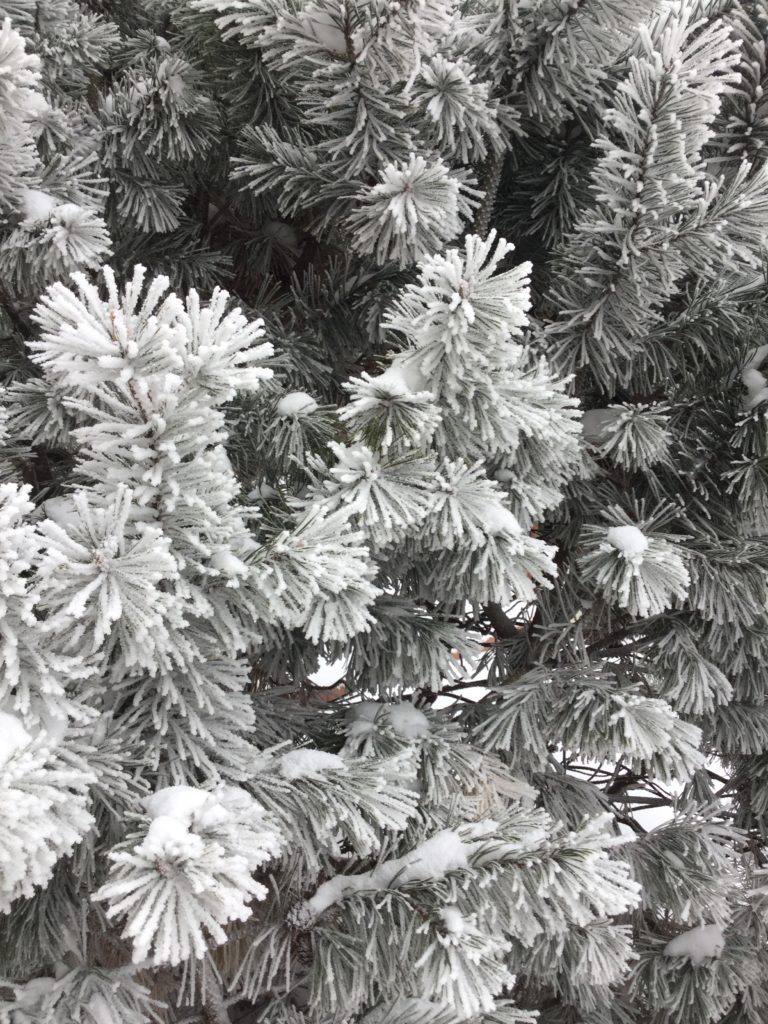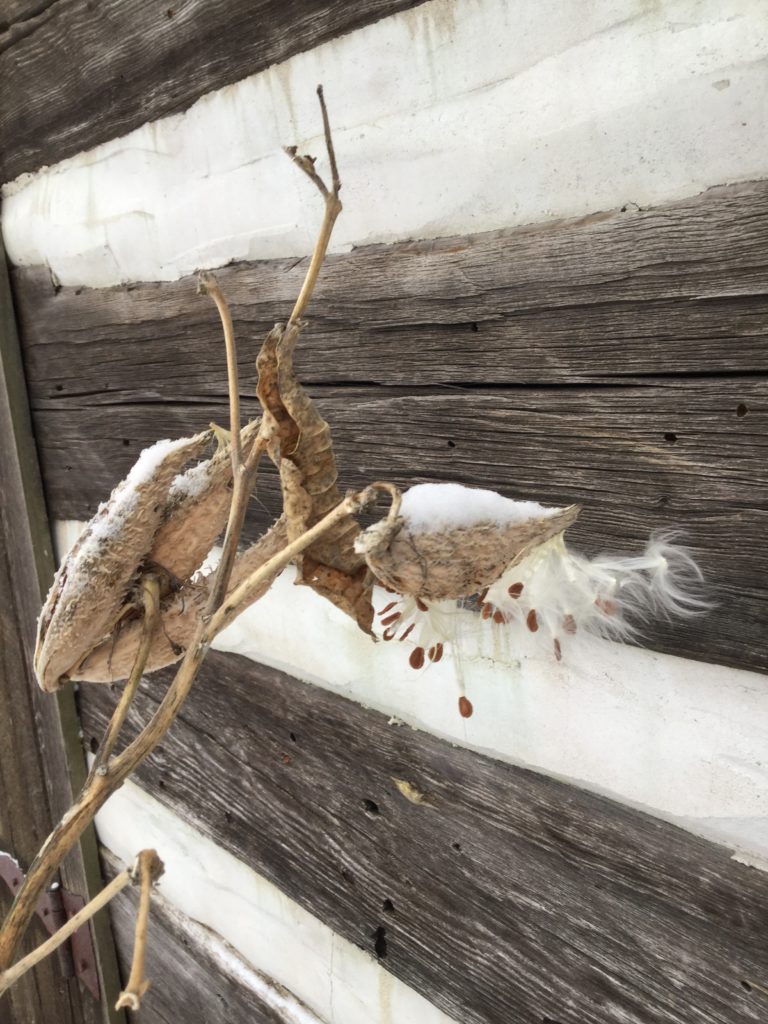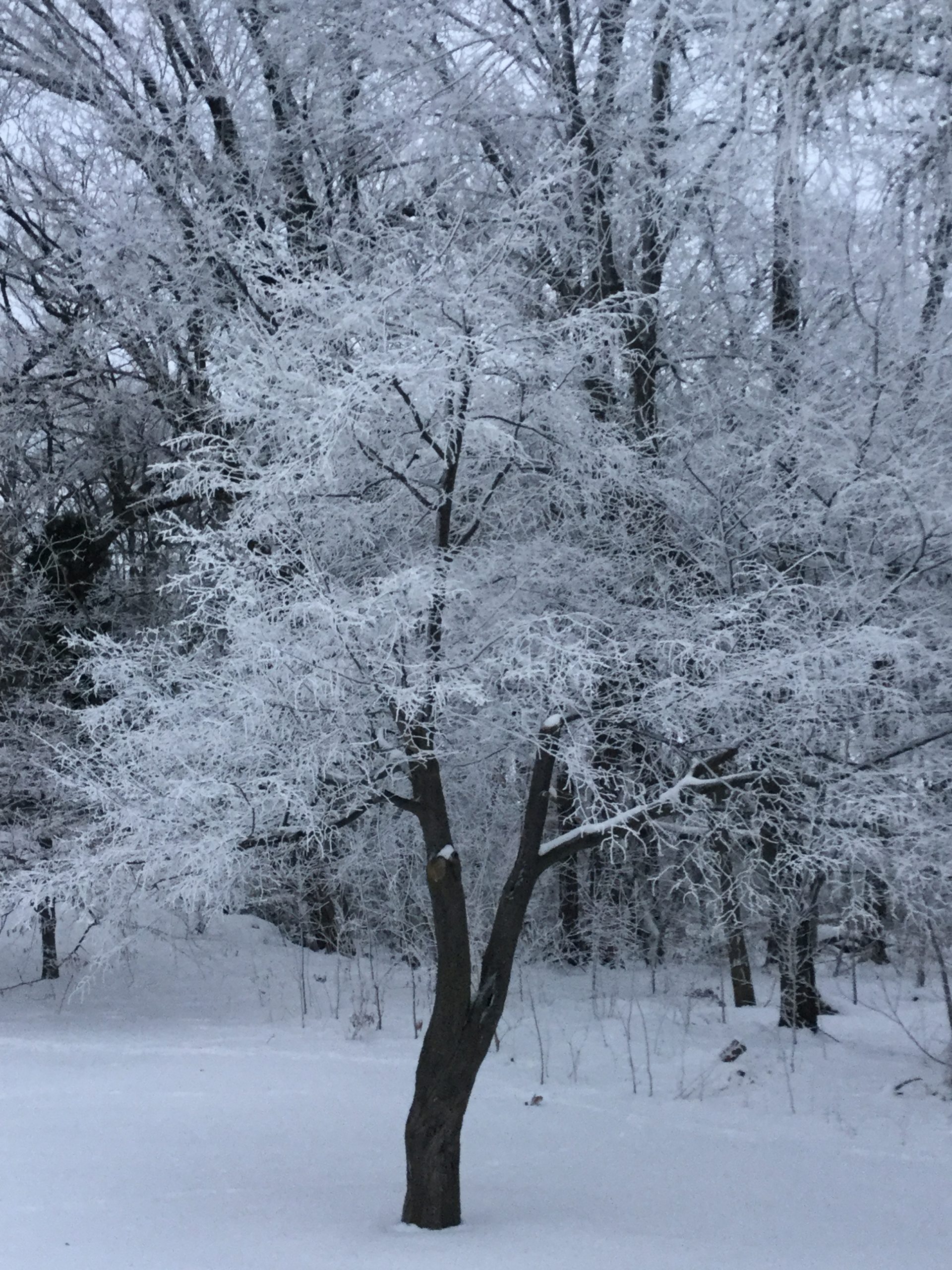As a writer I’m drawn to large projects that are years in the making. Yet, focused work on my current manuscript can feel limited: not all of life is contained in Renaissance Italy (hint, hint the manuscript for my new novel is done:)! For our anniversary, my husband gave me an iPod with the date of our wedding engraved on the back. This little blue baby allows me to take beautiful photographs instantly and capture the grandeur of God’s handiwork with clarity and presence. When I need a break from writing I wander the woods photographing moss or in this season, frozen fog.

Perhaps this might seem unproductive. Inefficient. Indulgent, even.
We so seldom take time to rest in the world around us, a world marked by isolation and fear in 2020. It’s time to fight against those Covid practices and get outside. When was the last time you collapsed and made a snow angel, plucked an icicle and felt it melt away in your exposed hand? This childlike endeavor requires a willingness to stop, sit and see.
STOP, SIT, AND SEE
These three actions may help us live a balanced life, but the Western ideal of success places no value on the virtues of stopping to take in what God may be wanting to show us. Instead, as author Anne Lamott describes it, our culture pursues “forward thrust, going forward, staying one step ahead of the abyss… and if we can’t stay ahead of the abyss then we go to IKEA and buy a throw rug.”
We buy a throw rug to cover up the abyss because we don’t want to see it. Outrunning the abyss of a meaningless, unproductive life drives us onward. After all, in our short few decades on earth we’ve been convinced by our parents, our schools, our families and friends that we’ve got to make a difference in this world. The endless pursuit of difference-making is exhausting. Could taking time to stop, sit and see bear fruit instead? Exploring the lives of poets, artists and prophets tells us unequivocally, “yes.”
I recently led a poetic journaling event with young moms desperately in need of a night away from their kids. Instead of hanging out drinking wine and talking incessantly about their kids, they were longing for a creative and restorative activity. I used the German poet, Rainer Maria Rilke as my subject for leading these women because he knew the value of investing slow and significant time to develop a creative work. He tells us that, “to be an artist means, not to compute or count; it means to ripen as the tree which does not force its sap, but stands unshaken in the storms of spring with no fear that summer might not follow.” Oh, to have the confidence of a tree who does not count its rings. Gathering rings, rendering sap and bearing fruit takes time and God is in no hurry. To access his light we need to cease our hurry and see the small things which are often overlooked, like the cracking open of milkweed pods or the ever-changing color of water.
FINDING GOD IN THE WILDERNESS
On a chilly spring evening I attended a lecture at a local college on the life of artist Lilias Trotter. I’d never heard of this gifted Victorian era artist who gave up a career as the first renowned female painter in England to pursue life as a missionary in Algeria. She devoted her life to loving Muslim people, especially women and their children. Similar to the work of moms today, her work was arduous— hand washing laundry in rivers, feeding numerous children and forging friendships with women in sewing circles while learning Arabic. Her calling could easily have overwhelmed her. Yet, she chose to find daily sacred space by wandering into the desert to capture images of God in highly detailed, painted landscapes in her journal— precise images as small as a matchbook due to the scarcity of art supplies. She learned to “hold back everything that would crowd our souls” in order to access God’s light and, in turn, give that light to others. Her commitment to separating herself from the rigors of work to see God in the wilderness inspired me to do the same. My lens of wonder in all his works needed time to focus and a deliberate attempt to “uncrowd” my soul allowed open spaces for his light to come in.
“The daisies have been talking again—the reason they spread out their leaves flat on the ground is because the flowers stretch out their little hands, as it were, to keep back the blades of grass that would shut out the sunlight. They speak so of the need of deliberately holding back everything that would crowd our souls and stifle the freedom of God’s light and air.” – Lilias Trotter, 1899
Which brings me back to my walks in the woods collecting moments (borrowing from Heinrich Boll here). Some of these images call for a quick poem, a little nugget of carefully crafted words to describe what speaks in creation. This gift forces me to slow down and look for beauty unfolding, then rest and reflect on what I’ve seen and take the next step, create! When we create we become more like God because we are made in the image of the author of all creation, and our grand author is not scrolling social media counting his followers.
As Rilke said, we don’t need to “compute or count” followers, likes on Instagram, page views, or friends. We need to ripen as the tree and wave with the freedom of tall grass. Make time for God, look for him in icy crystals, listen for him in the cracking of milkweed. Stop, sit and see, and if you are so inspired, give him back some of what he’s shown you.

Milkweed
Irresistible winter cracker
temptress for fifty years,
your milky silk
flowing through fingertips,
drifting where?
Unremarkable,
brown seed carried
on snowy thistledown,
to unseen kingdoms
where fairies ride
and race upon your
feathery seats
like charioteers,
monarchs in summer.
Milkweed— magic maker
earth’s clouds,
God’s laughter,
enticing hardened
grown-ups to play
jump, toil
and spin
in open fields again.
MARGARET PHILBRICK
This article has been amended from the original which appeared in Popel Women, 2019.
https://www.propelwomen.org/cmspage.php?intid=39&intversion=500

